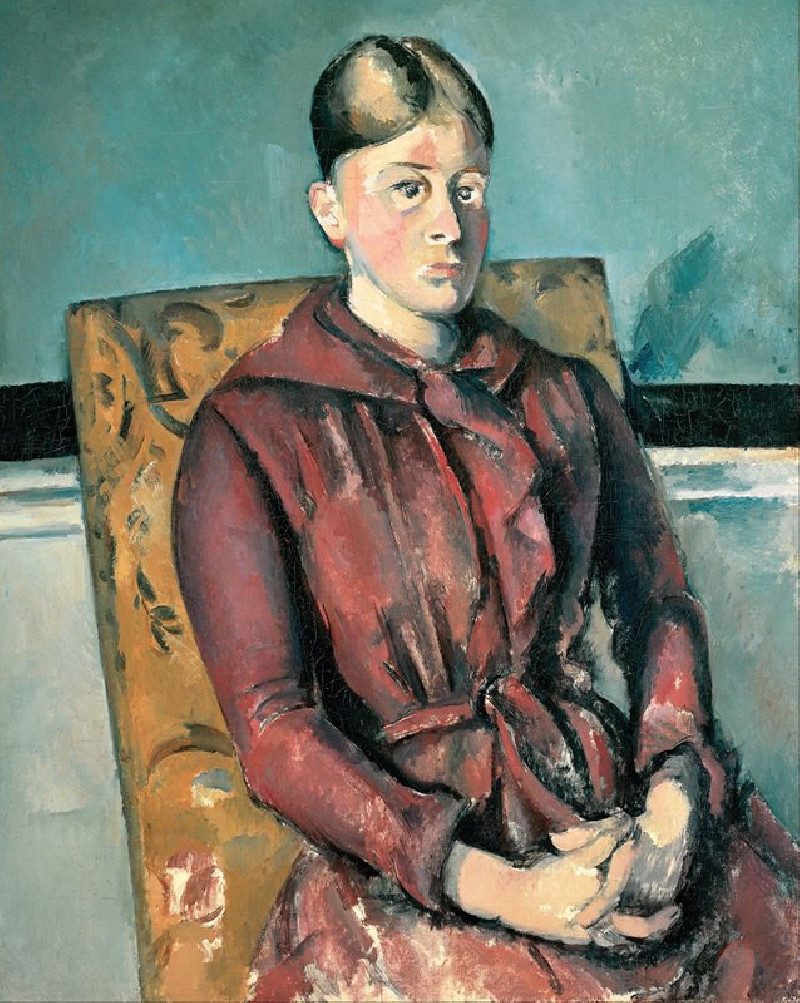Two Young Peasant Women (1891–92)
Technique: Giclée quality print
Recommended by our customers
More about this artwork
Artist: Camille PissarroYear: 1891-1892Camille Pissarro's "Two Young Peasant Women" captures a serene moment in the daily life of rural laborers. This masterful painting, part of Pissarro's ongoing exploration of peasant life, showcases his profound respect and empathy for the working class. The scene is set in a lush landscape, bathed in soft, diffuse light that is characteristic of Pissarro’s mature period.The painting depicts two young women in the countryside, taking a brief pause from their work. The woman on the left is seated, resting her chin on her hand, her gaze contemplative and perhaps slightly weary. Her companion stands beside her, leaning on a stick, her head slightly bowed in a moment of rest. The subdued tones and the gentle touch of the brush strokes evoke a sense of calm and resilience.Behind them, rows of young trees and a wide-open field stretch into the distance, suggesting the vastness and the ongoing demands of their rural environment. This artwork not only reflects the physical landscape but also delves deeply into the social landscape, hinting at the enduring human spirit in the face of everyday challenges.Pissarro’s technique, with its loose brushwork and the vibrant yet earthy palette, beautifully complements the pastoral theme, making "Two Young Peasant Women" a poignant reflection on rural life at the turn of the century.
Delivery
Returns
Blessed are they who see beautiful things in humble places where other people see nothing. — Camille Pissarro
Camille Pissarro (1830-1903) was born on St.Thomas (now the US Virgin Islands) to a Portuguese father and a Dominican mother. He went to Paris to study art at Ecole des Beaux-Arts. He was an early pioneer of pointillism and neo-impressionism and later became a mentor of many famous impressionist painters including Cezanne, Manet, Renoir, and Gauguin. His paintings depicted rural and urban French landscapes and lifestyle. Many of his works politically captured images of peasants and laborers. Today, he is considered the father of impressionism.

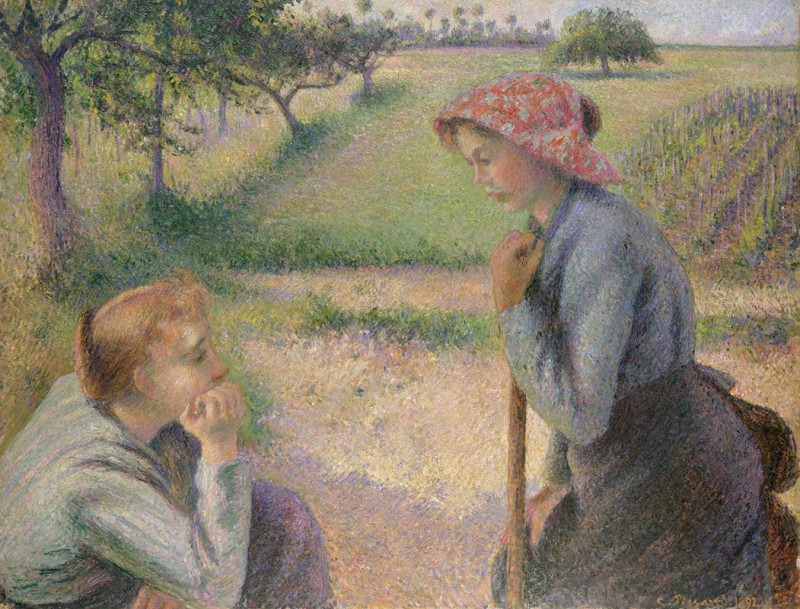






























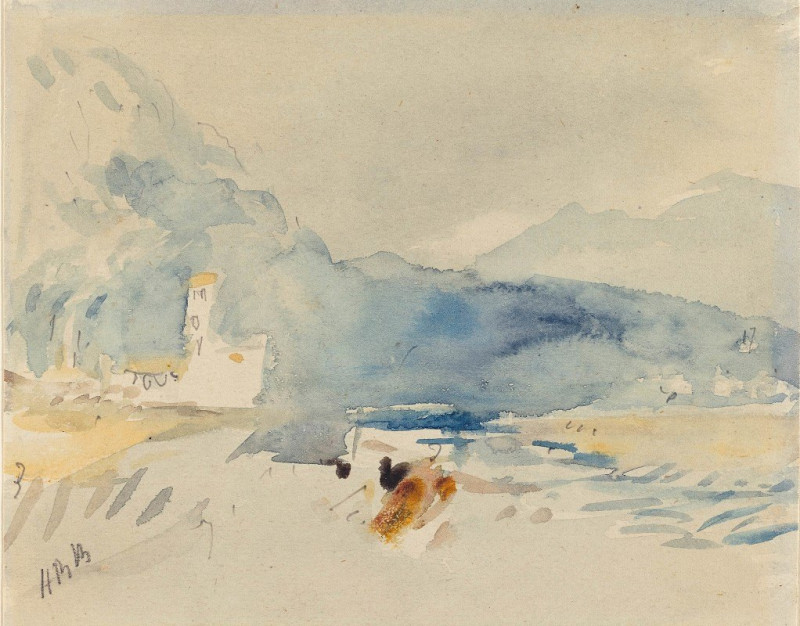
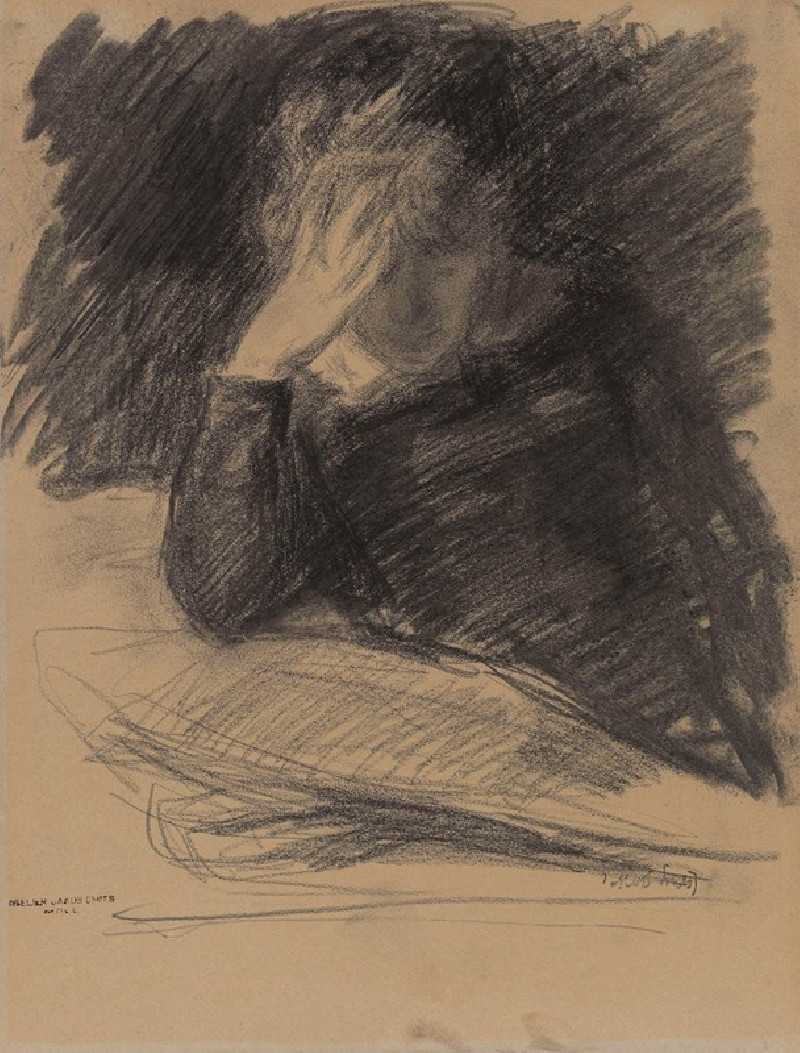
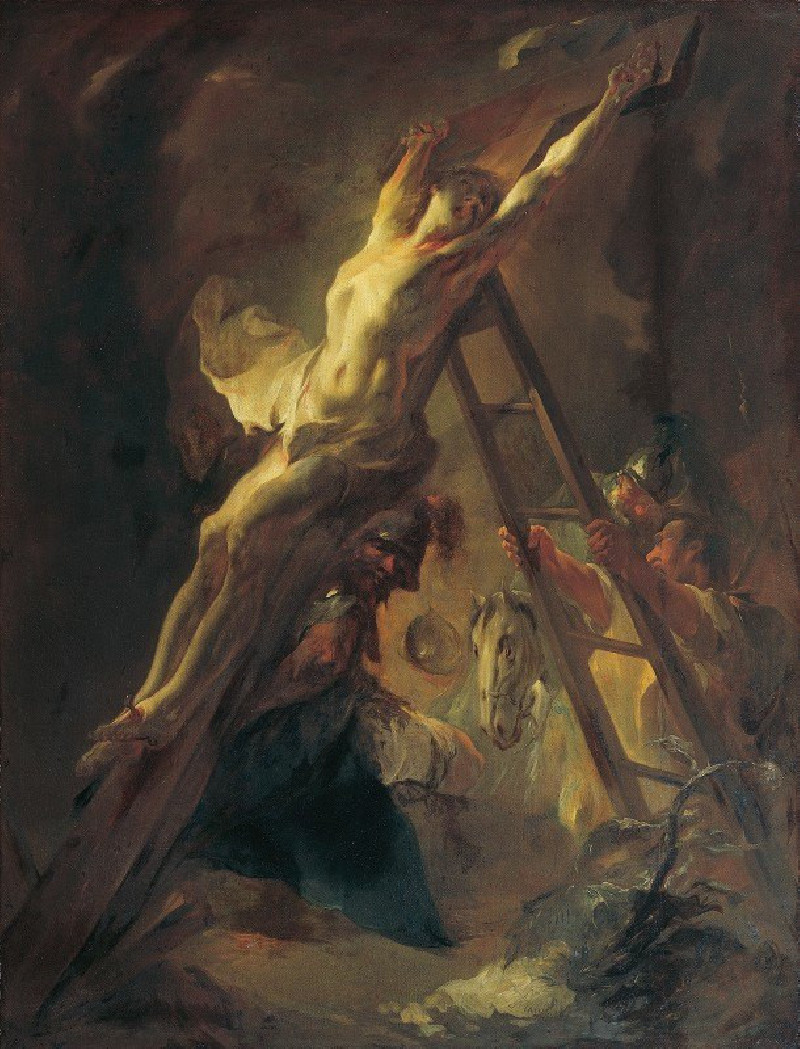
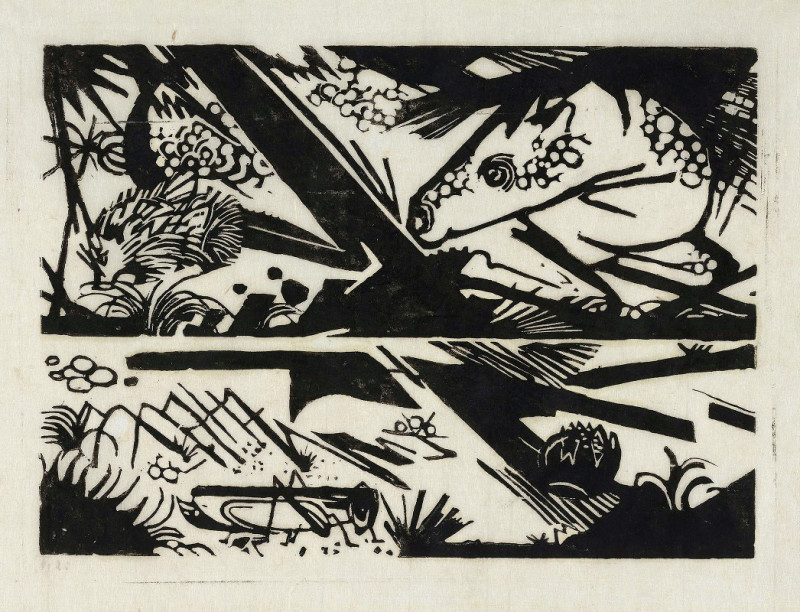

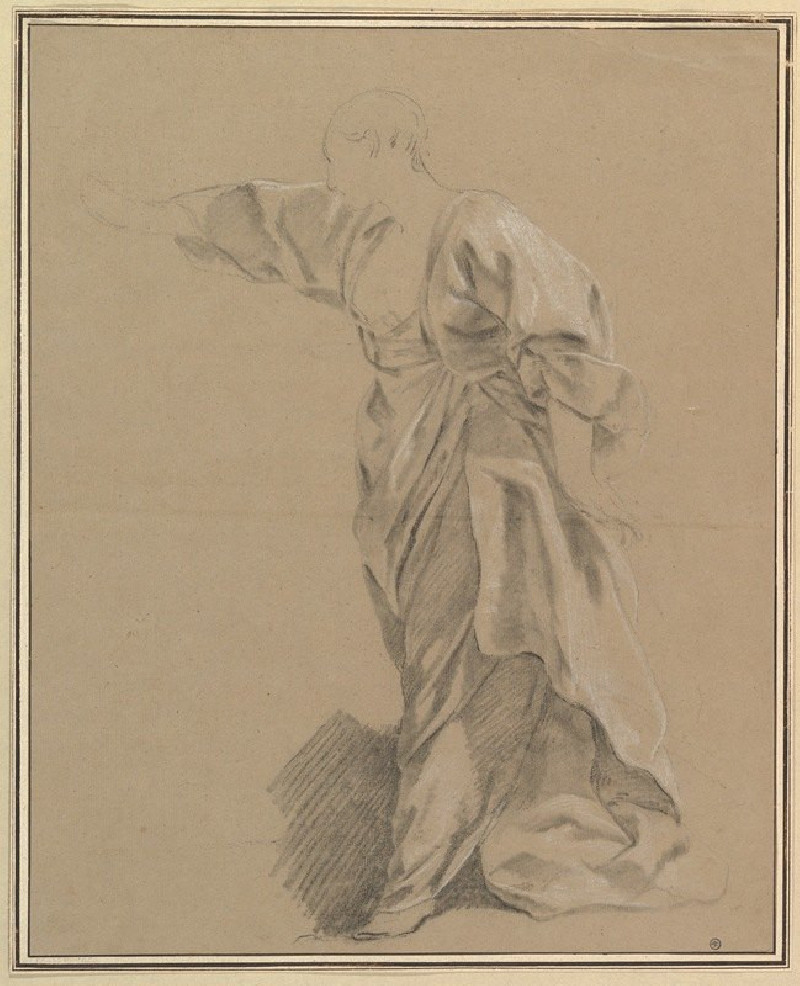
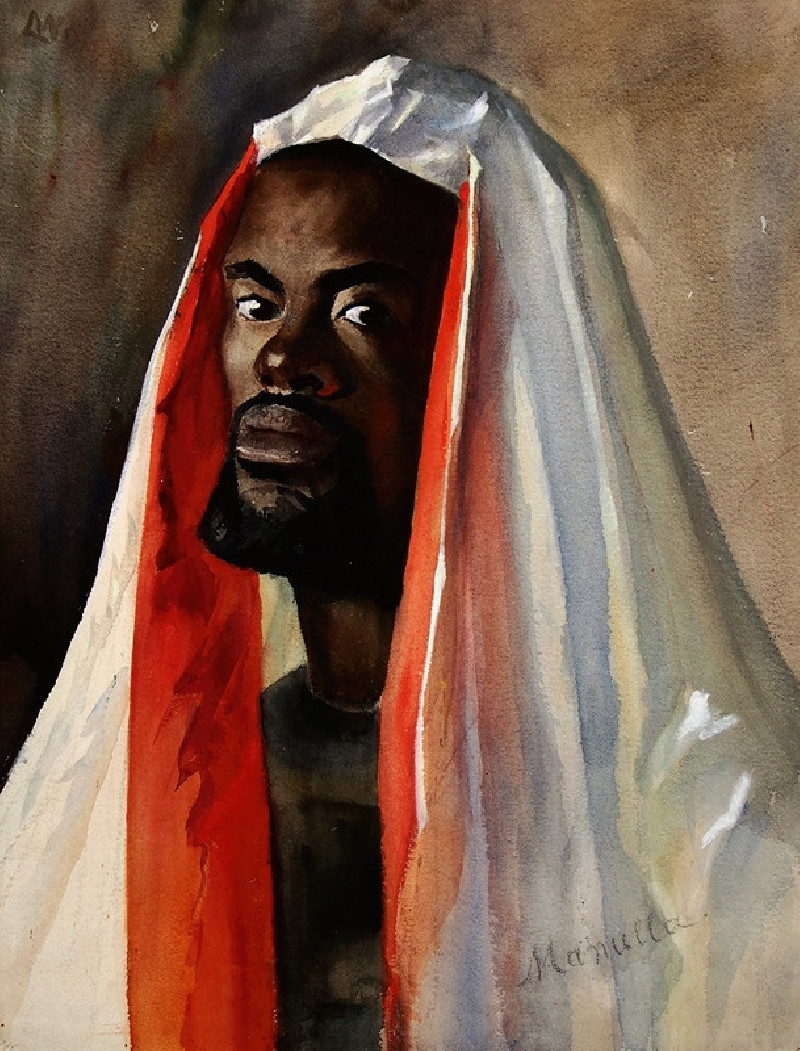


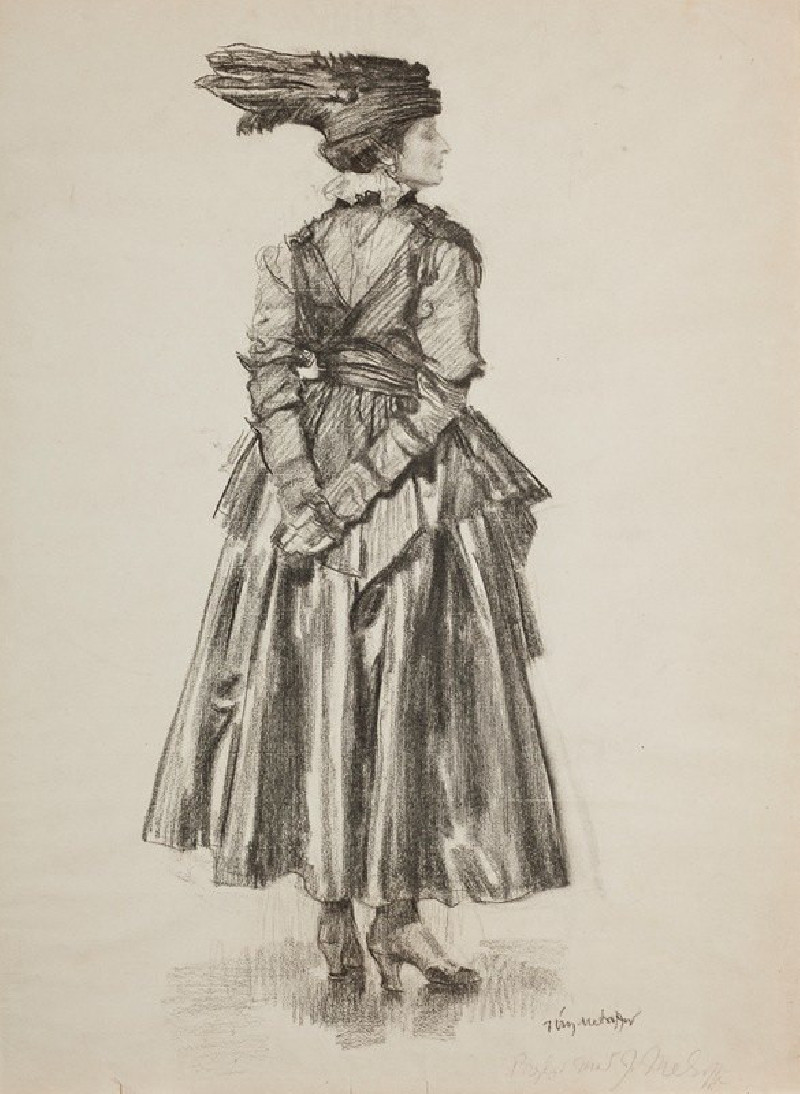

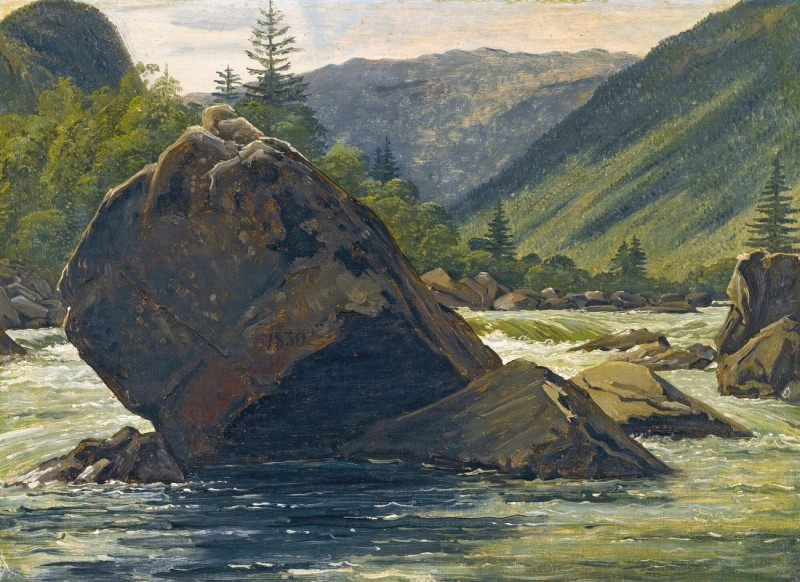
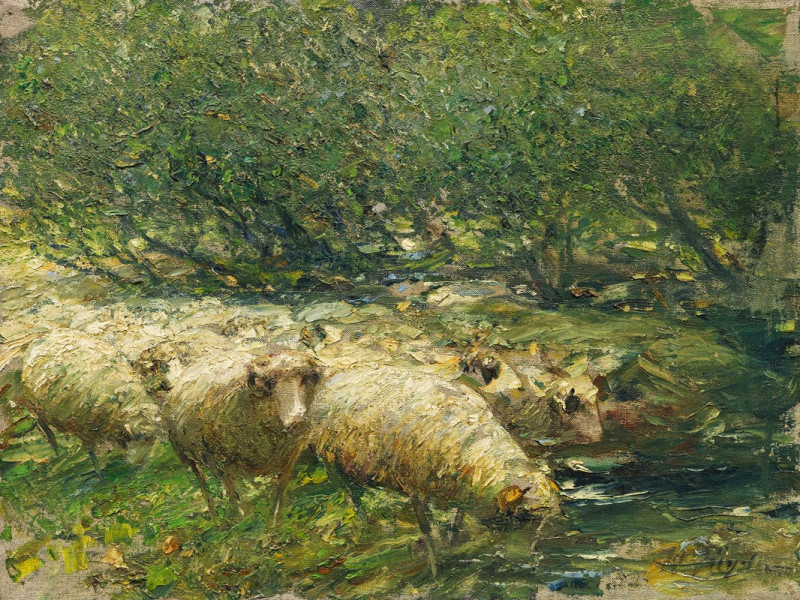
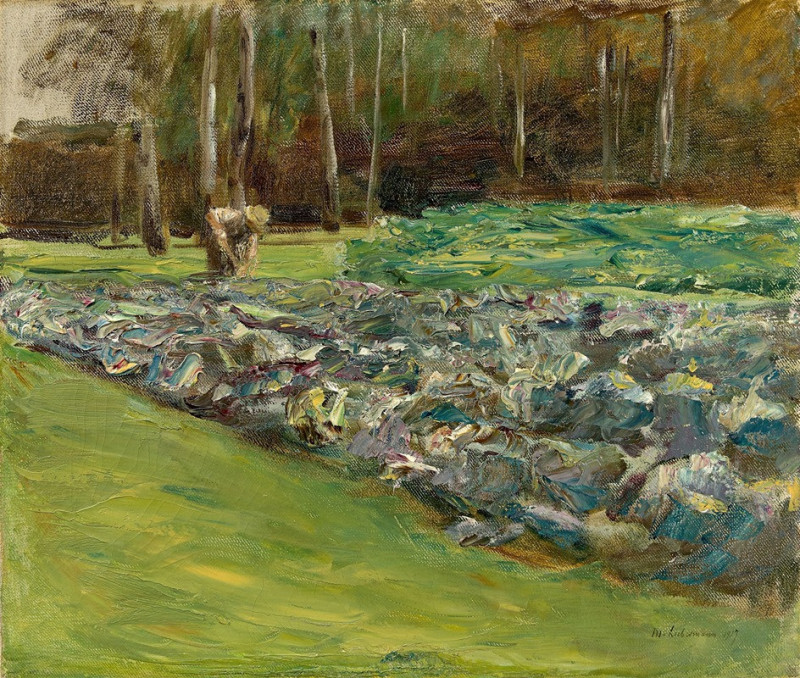
![Karnac [Karnak]. Nov. 27, 1838. (1846-1849) reproduction of painting by David Roberts. ALL GICLEE PRINTS](https://reprodukcijos.lt/39218-large_default/reproduction-of-karnac-karnak-nov-27-1838-1846-1849.jpg)
